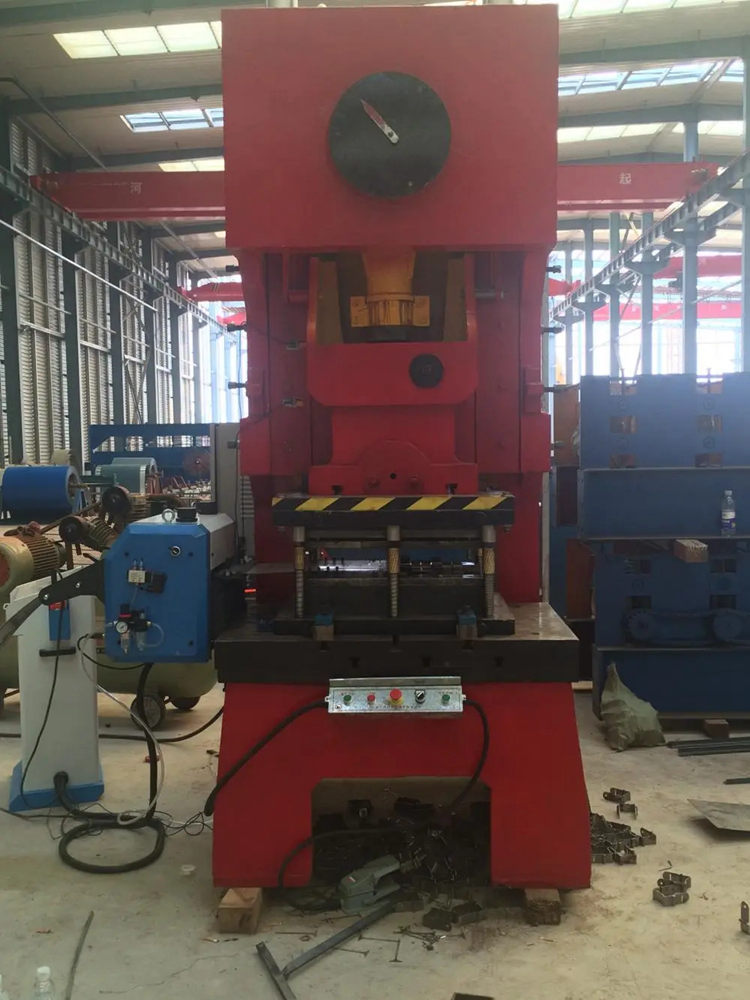
Understanding Light Keel Roll Forming Machines An Innovative Approach to Construction
In the modern construction industry, efficiency and precision are paramount. One innovative solution that has emerged to meet these demands is the Light Keel Roll Forming Machine. This machine plays a crucial role in producing lightweight steel components, particularly in drywall and ceiling systems, which are essential in residential and commercial buildings.
What is a Light Keel Roll Forming Machine?
A Light Keel Roll Forming Machine is specialized equipment designed to produce light steel profiles with a continuous roll forming process. The machine operates by feeding a flat strip of steel sheet into a series of rollers that shape it into various profiles, commonly referred to as “keels.” These keels are integral in supporting ceilings and partitions, making them an indispensable component in modern builds.
The machine's design allows for the production of different cross-sectional shapes, enabling manufacturers to create keels that meet specific construction needs. Furthermore, these machines are capable of forming various materials, including galvanized steel, which enhances durability and resistance to corrosion.
Efficiency and Cost-Effectiveness
The efficiency of the Light Keel Roll Forming Machine is one of its most significant advantages. Traditional methods of producing steel components often involve multiple steps, including cutting, bending, and welding. In contrast, roll forming is a continuous process that minimizes waste and reduces labor costs. The machine can produce large volumes of components in a relatively short period, which is essential for fast-paced construction projects.
Moreover, utilizing a Light Keel Roll Forming Machine can significantly lower the overall production costs. By ensuring precision in every component produced, manufacturers can achieve higher quality while reducing the need for rework or replacement. This translates into savings that can be passed on to both contractors and consumers, making construction projects more economically viable.

Customization and Versatility
Another key feature of Light Keel Roll Forming Machines is their ability to customize products according to specific requirements. Manufacturers can easily adjust the machine settings to create keels of varying sizes and shapes, depending on the structural needs of the building. This versatility is particularly beneficial for contractors who may need tailored solutions to accommodate unique architectural designs or structural specifications.
The ability to switch between different profiles also means manufacturers can diversify their product offerings. By producing a range of components—from simple keels to complex profiles—businesses can cater to a broader array of projects, enhancing their market competitiveness.
Enhancements and Technological Advancements
In recent years, advancements in technology have significantly improved the performance of Light Keel Roll Forming Machines. Modern machines are equipped with computer numerical control (CNC) systems, which enhance precision and automate many of the production processes. This integration of technology not only increases the accuracy of the components produced but also reduces human error.
Additionally, some machines come with integrated cutting systems that allow for on-the-fly cutting of the profiles to the required lengths. This feature further accelerates production processes and minimizes material waste, reflecting the industry’s ongoing push towards sustainability.
Conclusion
Light Keel Roll Forming Machines represent a significant advancement in the manufacturing of steel components for the construction industry. Their efficiency, cost-effectiveness, customization capabilities, and integration of technology make them essential tools for meeting the ever-increasing demands of modern construction. As builders strive for quicker, more sustainable methods, the use of such innovative machinery is likely to become increasingly prevalent, paving the way for smarter construction solutions in the future. Whether for residential projects or industrial complexes, these machines will undoubtedly play a vital role in shaping the structures of tomorrow.